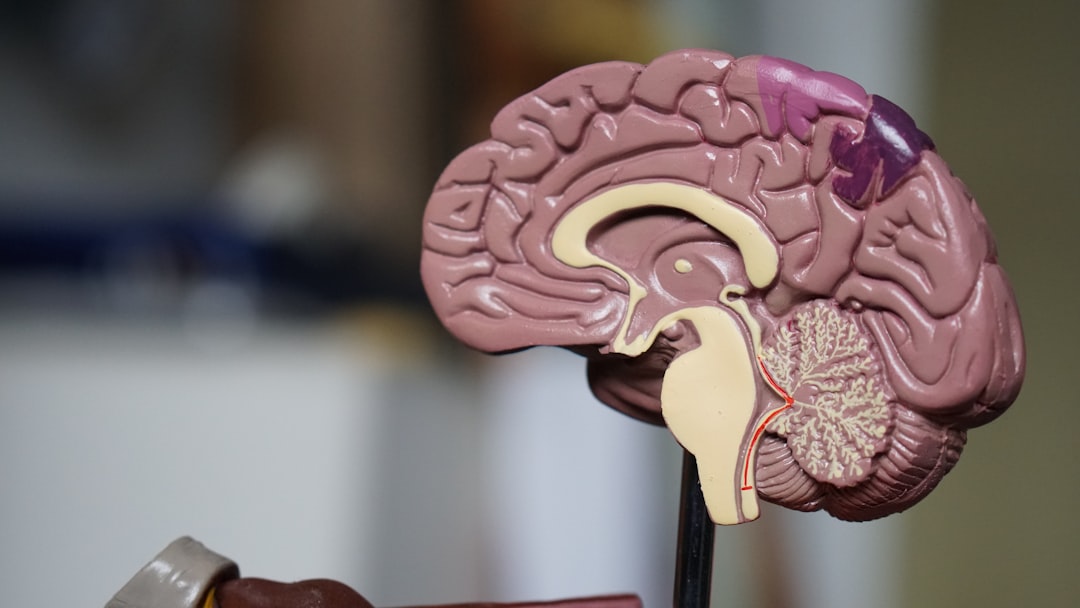What is it about?
This article proposes a study of the SARS-CoV-2 virus spread and the efficacy of public policies in Brazil. Using aggregated (from large Internet companies) and fine-grained (from Departments of Motor Vehicles) mobility data sources, our work sheds light on the effect of mobility on the pandemic situation in the Brazilian territory. Our main contribution is to show how mobility data, particularly fine-grained ones, can offer valuable insights into virus propagation. We propose modifying the SENUR model to add mobility information and evaluate different data availability scenarios (different information granularities). Finally, we carry out simulations to evaluate possible public policies. In particular, we conduct a case study that shows, through simulations of hypothetical scenarios, that the contagion curve in several Brazilian cities could have been milder if the government had imposed mobility restrictions soon after reporting the first case. Our results also show that if the government had not taken any action and the only safety measure taken was the population’s voluntary isolation (out of fear), the time until the contagion peak for the first wave would have been postponed, but its value would more than double.
Featured Image

Photo by Jens Maes on Unsplash
Why is it important?
Our study illuminates the impact of population mobility on the pandemic situation in Brazil. By analyzing fine-grained mobility data, we have significantly contributed to understanding the spread of the virus. Specifically, we have modified the SENUR model to include mobility information and have evaluated various scenarios. This model enables the assessment of nonpharmaceutical interventions, such as lockdowns or partial lockdowns, on the spread of the virus.
Perspectives
We hope our model provides valuable insights that can aid governments in making difficult decisions during pandemics and epidemics. We believe our model can be a valuable tool in this process, and we hope it will be widely adopted to help mitigate the impact of future outbreaks.
Heitor Ramos
Universidade Federal de Minas Gerais
Read the Original
This page is a summary of: Effects of population mobility on the COVID-19 spread in Brazil, PLoS ONE, December 2021, PLOS,
DOI: 10.1371/journal.pone.0260610.
You can read the full text:
Contributors
The following have contributed to this page










